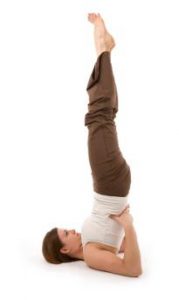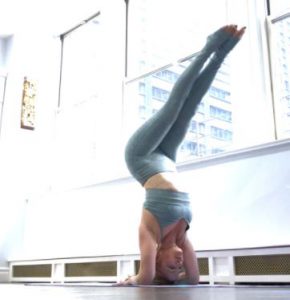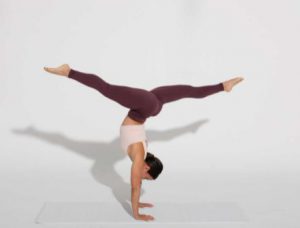A lot of people think inverse therapy simply means headstand and hence they don’t even try to research it any further. However, the reality is quite different. An inversion can be as simple as a downward-facing dog, shocked? Read on to know what exactly inversion therapy is and what are its types and benefits.
What Is Inversion Therapy?
Inversion therapy is a technique where you are suspended upside down to stretch the spine and relieve back pain. The theory is that by shifting the body’s gravity, the pressure eases off the back while also providing friction for the spine.
Types Of Inversion Therapy – Devices And Techniques
Inversion tables
Most tables are meant to help stretch your back for a few minutes when you stand in them upside down. But depending on the brand and model, you can also exercise in an inversion table.
Inversion chairs
Inversion chairs use similar concepts as the table. The major difference is that a person will sit instead of standing.
Gravity (inversion) boots
These “boots” are heavy-duty ankle wraps designed to work with inversion devices, making it easier to hang upside down.
Alternative methods
You may be able to gain the benefits of inversion therapy through certain yoga poses (asanas). These include:
- Shoulder stands

- Headstands

- Handstands

- Plow pose

What Are The Benefits Of Inversion Therapy?
1) Reduced back pain
2) Improved spinal health
Inversion exercises should help the spine by:
- Creating more protective fluid around spinal discs
- Removing waste from the spine
- Decreasing inflammation
- Increasing blood circulation through surrounding muscles
3) Increased flexibility
4) Reduced need for surgery
Featured Image Source: mindbodygreen.com

